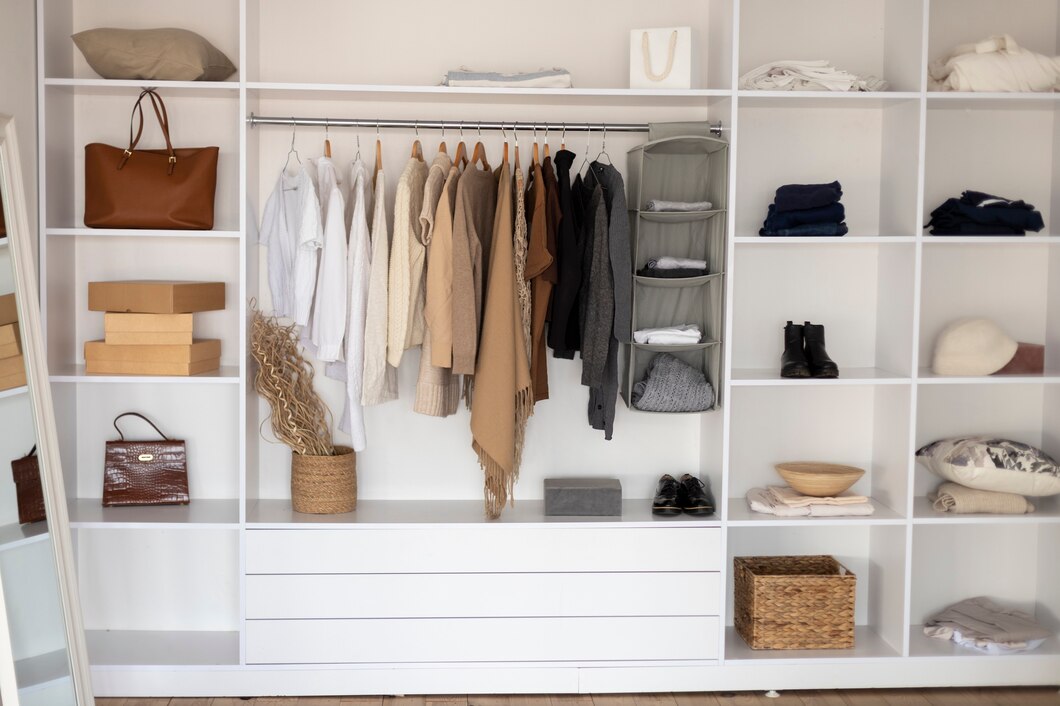In recent years, the concept of sustainable fashion has gained significant traction globally, and South Africa is no exception. As environmental awareness grows, many consumers are becoming more conscious of their clothing choices and the impact they have on the planet. Building a sustainable fashion closet not only helps reduce waste but also encourages ethical production practices. Here’s how you can create a stylish and sustainable wardrobe.
1. Assess Your Current Wardrobe
Start by taking stock of what you already own. Declutter your closet and identify items you no longer wear or need. Donate or sell these clothes instead of throwing them away, giving them a second life and reducing landfill waste.
2. Choose Quality Over Quantity
When shopping, prioritize quality over quantity. Look for well-made garments that will stand the test of time. Invest in timeless pieces that can be mixed and matched, rather than trendy items that may go out of style quickly. Check for materials that are durable and sustainable, such as organic cotton, linen, or Tencel.
3. Opt for Ethical Brands
Support local and international brands that prioritize ethical production practices. Look for companies that are transparent about their sourcing, manufacturing, and labor practices. South Africa has a growing number of sustainable fashion labels that create beautiful garments while adhering to ethical standards. Brands like The Joinery and Mungo focus on craftsmanship and responsible sourcing.
4. Embrace Second-Hand Shopping
Thrift stores, vintage shops, and online platforms like OLX and Facebook Marketplace are treasure troves for sustainable fashion. Shopping second-hand not only reduces demand for new clothing but also allows you to find unique pieces that stand out. Plus, it’s often more budget-friendly!
5. Focus on Versatility
Select versatile clothing that can be dressed up or down for various occasions. A classic black dress, a tailored blazer, or a pair of well-fitted jeans can be styled in multiple ways, maximizing their use. This approach minimizes the number of pieces needed while maximizing outfit options.
6. Learn Basic Clothing Care
Proper care can extend the lifespan of your clothes. Follow washing instructions, use eco-friendly detergents, and air dry when possible. Consider learning basic sewing skills to repair minor damages instead of discarding items. These small efforts can significantly reduce your fashion footprint.
7. Stay Informed
Keep yourself educated about sustainable fashion trends and practices. Follow blogs, join social media groups, or participate in workshops focused on sustainability. Awareness can help you make informed decisions and inspire others to adopt sustainable practices.
8. Implement a Capsule Wardrobe
Consider adopting a capsule wardrobe, which consists of a small collection of essential items that you love and can wear interchangeably. This approach simplifies your choices, reduces clutter, and encourages thoughtful purchases. Aim for around 30 pieces per season, including tops, bottoms, dresses, and outerwear.
9. Mind Your Fashion Consumption
Before making a purchase, ask yourself if you truly need the item. Implement a waiting period before buying, allowing time to reflect on whether the item is a necessary addition to your wardrobe. This can help curb impulse buying and promote more mindful consumption.
10. Share and Swap
Organize clothing swaps with friends or participate in community swap events. This is a fun way to refresh your wardrobe without spending money or contributing to textile waste. It also fosters a sense of community and encourages sustainable practices among peers.
Building a sustainable fashion closet is an ongoing journey that reflects your values and lifestyle choices. By making conscious decisions about what you wear, you can contribute to a more sustainable fashion industry. As South Africans, we have the power to support local businesses, reduce waste, and promote ethical practices in our fashion choices. Start small, stay informed, and embrace the beauty of sustainable fashion for a more responsible and stylish future.








